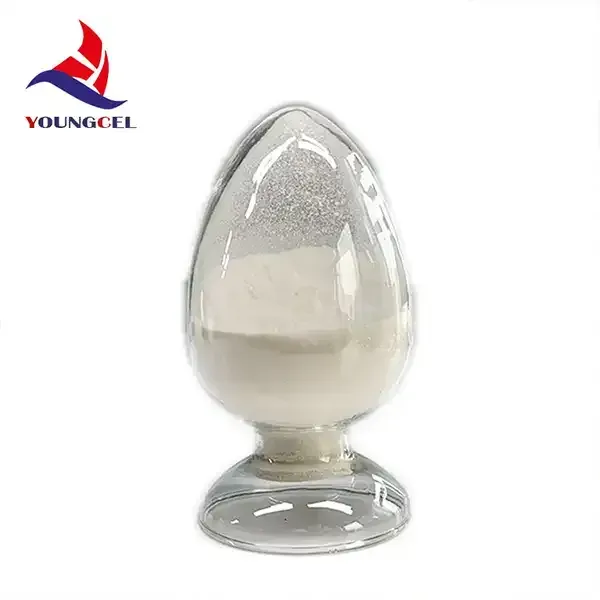The Role of Cement Chemistry in Construction
Cement, a crucial ingredient in construction, is much more than just a binding material; it is a product of intricate chemical processes that define its properties and applicability. Understanding the chemistry of cement is vital for enhancing its performance in various environments and ensuring the longevity of structures.
The Role of Cement Chemistry in Construction
Upon mixing cement with water, a complex set of hydration reactions begins. Initially, the C3S reacts rapidly with water to form calcium silicate hydrate (C-S-H), the gel-like substance that provides strength to the concrete. The heat generated during this exothermic reaction is essential for initiating the curing process. Meanwhile, C2S reacts more slowly, contributing to long-term strength gain.
cement chemical

Another essential component is tricalcium aluminate (C3A), which hydrates quickly, influencing the setting time of cement. While a rapid setting can be desirable in some applications, excessive amounts of C3A can lead to a phenomenon called flash setting, which can compromise workability. The presence of gypsum in cement formulations helps to regulate this process by slowing down the hydration of C3A.
Cement chemistry is not just about the initial setting and hardening. Environmental factors, such as exposure to sulfates in soil or water, can significantly affect the stability of cement-based structures. This is where understanding the chemical interactions between cement and potential aggressors becomes essential. For instance, sulfate attack can lead to the formation of expansive products that may compromise structural integrity. Selecting the right type of cement, such as sulfate-resisting cement, is vital in such scenarios.
Moreover, advancements in cement chemistry are paving the way for more sustainable construction practices. The development of geopolymers and alternative binders, which utilize industrial by-products like fly ash and slag, are gaining popularity. These materials not only reduce the carbon footprint associated with traditional cement production but also enhance durability and reduce material costs.
In conclusion, the chemistry of cement plays a critical role in its effectiveness as a construction material. A profound understanding of its chemical composition and reactions allows engineers and architects to make informed decisions that improve the safety, durability, and sustainability of structures. As the construction industry continues to evolve, ongoing research in cement chemistry will be essential for developing innovative materials that meet the demands of the future. With the right approach, the industry can move towards environmentally friendly practices while ensuring robust and resilient construction.
-
Rdp Powder: Key Considerations for Wholesalers in the Building Materials IndustryNewsJul.08,2025
-
Key Considerations for Wholesalers: Navigating the World of Hpmc - Based ProductsNewsJul.08,2025
-
Hpmc Detergent: Key Considerations for WholesalersNewsJul.08,2025
-
Key Considerations for Wholesalers: China Hpmc For Tile Adhesive, Coating Additives, Concrete Additives, and MoreNewsJul.08,2025
-
Crucial Considerations for Wholesalers: Navigating the World of Construction MaterialsNewsJul.08,2025
-
Key Considerations for Wholesalers Sourcing Additive For Cement, Additive For Concrete, Additive For Putty from Additive Manufacturer Shijiazhuang Gaocheng District Yongfeng Cellulose Co., Ltd.NewsJul.08,2025




